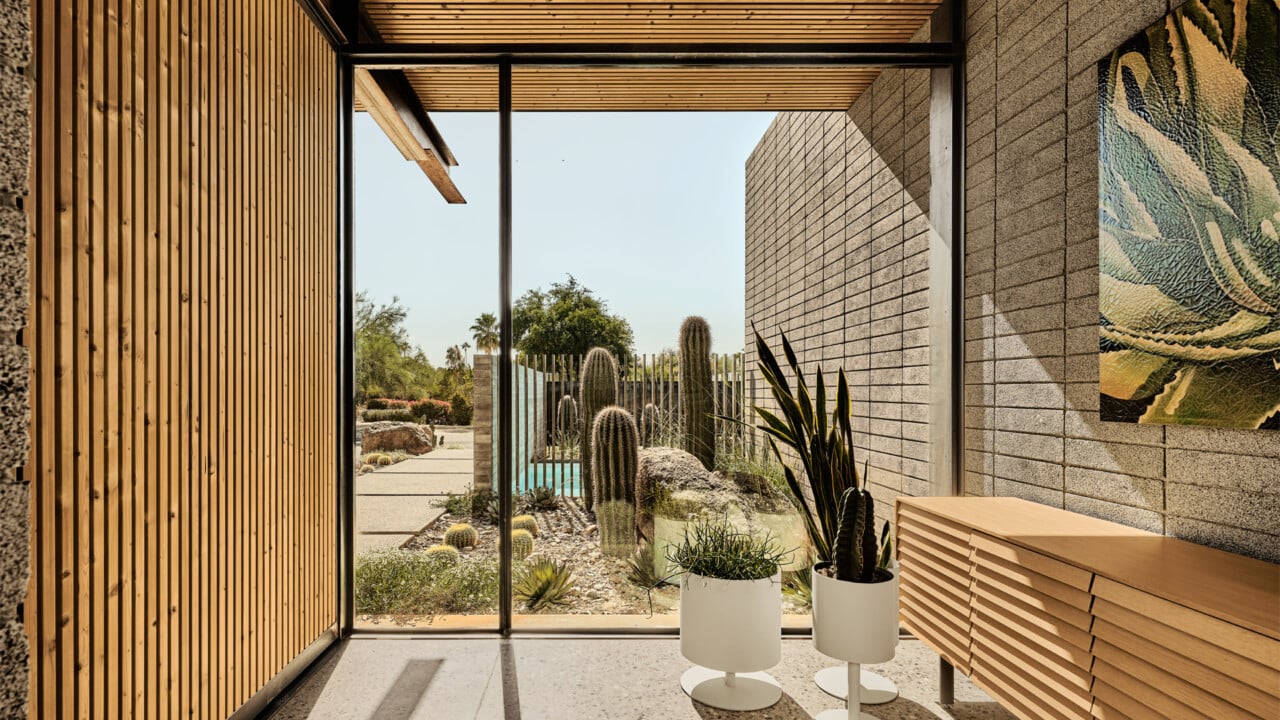Creating a healthier living space has become a major priority for homeowners and designers alike. Timber indoor cladding plays a crucial role in achieving this goal, offering not only aesthetic appeal but also benefits that support cleaner and more breathable indoor environments. The natural properties of timber make it more than just a design choice; it becomes part of a sustainable solution for healthier homes and workplaces.
The Natural Qualities of Timber
Timber has long been valued as a natural building material. Beyond its warmth and visual appeal, timber has inherent qualities that influence indoor air conditions. Unlike synthetic finishes, which often release volatile organic compounds (VOCs), timber helps to maintain a stable environment without introducing harmful emissions. Its porous nature allows for the absorption and release of moisture, helping to regulate humidity and create a more comfortable atmosphere indoors.
Moisture Regulation and Humidity Control
One of the lesser-known advantages of timber indoor cladding is its ability to balance indoor humidity levels. Spaces with fluctuating humidity can feel stuffy, damp, or overly dry, which negatively impacts air quality and overall comfort. Timber acts as a natural buffer, absorbing excess moisture when humidity rises and releasing it when the air becomes dry. This self-regulating property reduces the likelihood of mould growth, damp odours, or airborne irritants, all of which can compromise respiratory health.
Reducing Indoor Pollutants
Indoor environments are often more polluted than outdoor air due to the concentration of dust, allergens, and emissions from furniture and finishes. The choice of materials plays a critical role in this equation. Timber cladding, when untreated with harmful chemicals, reduces the risk of pollutants circulating within a room. In contrast, many artificial wall coverings emit VOCs and trap dust particles. By opting for natural wood cladding, occupants can enjoy fresher, cleaner air that supports wellbeing.
Thermal Comfort and Air Circulation
A healthy indoor environment is not only about what you breathe but also about how comfortable the air feels. Timber cladding contributes to thermal comfort by moderating indoor temperatures. Its insulating properties help reduce the need for artificial heating or cooling, limiting reliance on systems that often circulate dust and dry air. This promotes better air circulation naturally, reducing irritation for those with allergies or asthma.
The Psychological Impact of Timber
Air quality is closely tied to the way we experience indoor spaces. Clean, breathable air creates a sense of calm and ease. Timber, with its natural textures and earthy tones, contributes to this experience by connecting occupants with nature. This biophilic effect reduces stress and supports mental health, which indirectly improves respiratory wellness. When people feel more relaxed and less stressed, their breathing patterns improve, enhancing oxygen flow and overall wellbeing.
Sustainability and Long-Term Health Benefits
Timber indoor cladding is not just a short-term solution; it is part of a sustainable building approach. Responsibly sourced timber reduces the use of synthetic products that harm air quality over time. Its durability means fewer replacements, less waste, and a long-lasting contribution to healthy interiors. By integrating timber cladding into design projects, property owners invest not only in aesthetics but also in long-term wellness.
Practical Applications in Modern Homes
From living rooms and bedrooms to offices and healthcare spaces, timber cladding is being increasingly used to improve indoor conditions. In homes, it enhances comfort by regulating temperature and humidity. In workspaces, it helps reduce fatigue by improving both air quality and the atmosphere. In wellness centres and healthcare environments, the calming and purifying qualities of timber make a noticeable difference in creating cleaner and more restorative surroundings.
Conclusion
Better air quality indoors is essential for maintaining health, comfort, and wellbeing. Timber indoor cladding provides a natural, effective way to achieve this, combining moisture regulation, pollutant reduction, and thermal balance with the added psychological benefits of natural design. Its role goes far beyond decoration, making it a valuable feature in spaces where clean air and healthy living truly matter.





